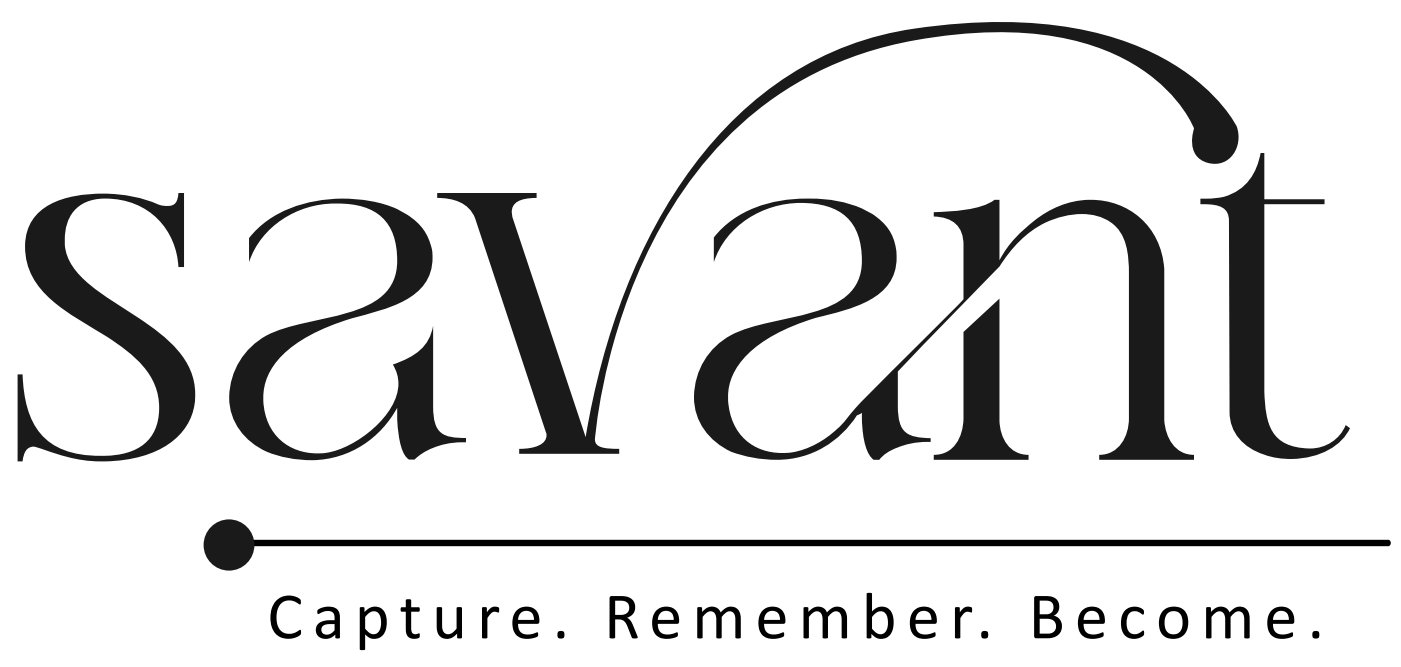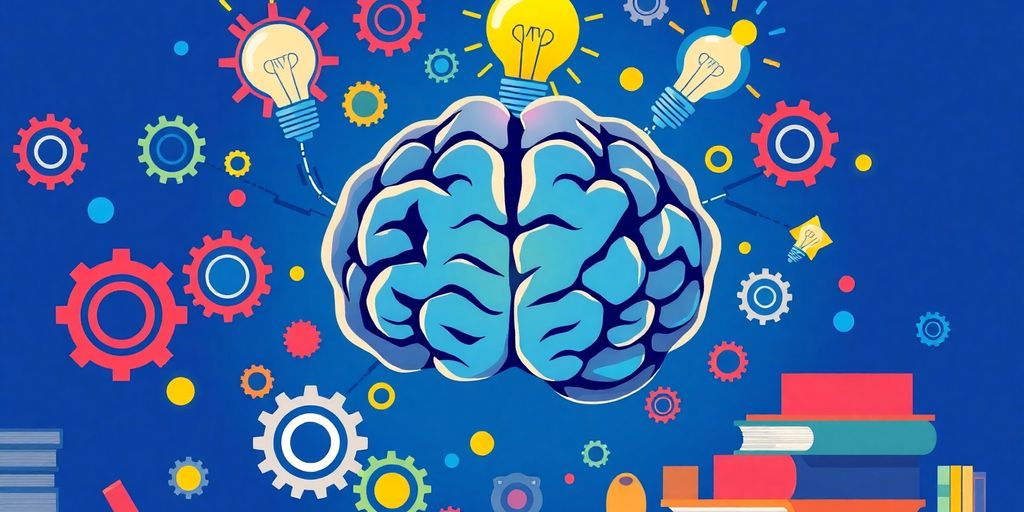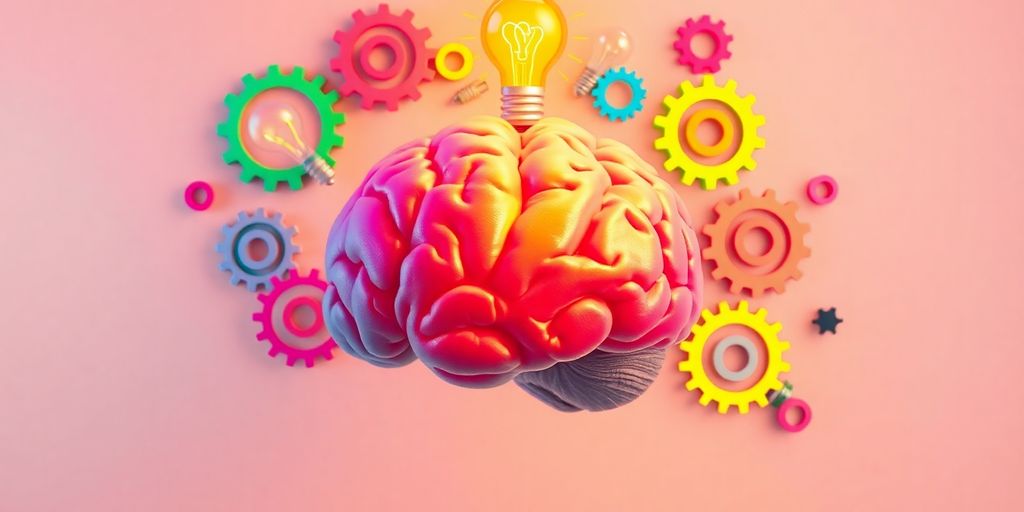Ever wondered how some folks can remember things so easily? It’s not magic—it’s all about using the right techniques. Whether you’re prepping for an exam, trying to remember names, or just want to keep your brain sharp, learning how to memorize things better can really help. In this article, we’ll explore how memory works and share some proven strategies to boost your memory skills. Let’s dive into some key takeaways that will guide you on this journey.
Key Takeaways
- Memory improvement is possible with practice and the right methods.
- Engaging multiple senses enhances recall and understanding.
- Active recall and spaced repetition are crucial for long-term retention.
- Linking new info to existing knowledge aids comprehension.
- Tailor techniques to fit your personal learning style for best results.
Understanding the Science of Memory
How Memory Works: The Basics
Memory is like your brain’s filing system. It involves three main steps: encoding, storage, and retrieval. When you learn something new, your brain encodes it, similar to saving a file on a computer. This can happen through visual, acoustic, or semantic means. After that, the information is stored in either short-term or long-term memory. Short-term memory is like a sticky note—quick to access but easy to forget. Long-term memory, on the other hand, is more like a library, vast and organized. Retrieving information is like finding a book in that library, relying on associations to bring it back to the forefront of your mind.
Memory isn’t just about storing facts; it’s an ongoing process that involves attention, encoding, storage, and retrieval. With the right techniques, anyone can improve their memory skills.
The Role of the Brain in Memory
The brain is the powerhouse behind memory. Different parts of the brain are responsible for various aspects of memory. The hippocampus, for instance, plays a crucial role in forming new memories and connecting emotions and senses to these memories. The frontal cortex helps in retrieving old memories and decision-making. Understanding these roles can help you enhance your memory by focusing on specific techniques that activate these areas.
Common Myths About Memory
There are a lot of myths surrounding memory. One common misconception is that memory is fixed and unchangeable. In reality, memory is a skill that can be developed! Here are some myths debunked:
- Myth 1: You either have a good memory or you don’t.
- Myth 2: Older people can’t improve their memory.
- Myth 3: Memory is just about memorizing facts.
By understanding the four key steps of memorization, you can see that memory is not just a passive process but an active one that can be trained and improved.
Proven Techniques to Boost Your Memory
Using Mnemonics and Visualization
Mnemonics and visualization are like secret weapons for your brain. They help you remember things by turning information into something fun and easy to recall. Mnemonics are little tricks, like acronyms or rhymes, that make info stick. For example, to remember the order of planets, you might use "My Very Educated Mother Just Served Us Noodles." Visualization, on the other hand, involves creating a mental picture of what you’re learning. Imagine the items vividly in your mind, like a movie scene, to make them unforgettable.
Implementing Spaced Repetition
Spaced repetition is a game-changer for long-term memory. Instead of cramming all at once, space out your study sessions. This technique is all about reviewing material at gradually increasing intervals. Here’s a simple way to get started:
- Review your notes shortly after learning.
- Go over them again after a few days.
- Revisit the material weekly, then monthly.
By spacing out your review, you help your brain move information from short-term to long-term memory.
Practicing Active Recall
Active recall is all about challenging your brain to remember information without looking at your notes. It’s like a mental workout that strengthens your memory. Here are some ways to practice active recall:
- Use flashcards to quiz yourself.
- Write down everything you remember about a topic.
- Teach someone else what you’ve learned; explaining it helps reinforce your knowledge.
Improving your memory isn’t just about repetition; it’s about engaging with the material in different ways. These techniques can make learning more effective and enjoyable.
Engaging Your Senses for Better Recall
Visual Aids and Diagrams
Ever tried to remember something and found it slipping away? Using visual aids can anchor those elusive facts right in your brain. Visual aids like diagrams and charts help you picture the information, making it easier to recall. Imagine trying to learn the parts of a plant. A diagram showing each part labeled not only makes it clearer but also sticks in your mind longer.
Auditory Learning Techniques
Listening can be a game-changer for memory. Whether it’s repeating information out loud or listening to recordings, auditory techniques engage your brain differently. Create a catchy jingle or rhyme to remember a tricky formula. It’s like turning your study session into a mini concert, and who doesn’t love music?
Hands-On Activities
Get your hands dirty! Literally. When you actively engage with what you’re learning, it becomes more memorable. Think about a cooking class where you measure ingredients, mix them, and then taste the results. You’re not just learning a recipe; you’re experiencing it with all your senses. This method is especially effective for creative writing, where engaging multiple senses can enrich storytelling.
Engaging your senses isn’t just about making learning fun; it’s about making it stick. The more senses you involve, the stronger the memory connections you create. So next time you’re trying to remember something, think about how you can see, hear, or even touch it.
Lifestyle Choices That Enhance Memory

The Importance of Sleep and Nutrition
Getting enough sleep and eating well are like the secret sauce for a sharp memory. Sleep is when your brain processes and stores the information you’ve gathered throughout the day. Aim for 7-9 hours each night to help with memory consolidation, which turns short-term memories into long-term ones. When it comes to food, think of it as fuel for your brain. A diet rich in fruits, vegetables, omega-3 fatty acids, and whole grains can keep your brain in top shape. Foods like fatty fish, berries, and leafy greens are especially good for boosting brain health.
Exercise and Memory Retention
Exercise isn’t just about keeping your body fit; it’s a powerful tool for your brain too. Regular physical activity increases blood flow to the brain, which can help improve memory and cognitive function. Here are some fun ways to get moving:
- Aerobic exercises: These include running, cycling, or even dancing.
- Strength training: Lifting weights or doing bodyweight exercises can also be beneficial.
- Mind-body exercises: Activities like yoga or tai chi not only work your body but also your mind.
Creating a Routine for Success
Routines might sound boring, but they can be incredibly helpful for memory. Establishing a consistent daily routine can help your brain know what to expect and when. This predictability can reduce stress and free up mental energy for other tasks. Try setting specific times for meals, exercise, and sleep to create a balanced schedule. Also, consider:
- Using a planner or app: To keep track of tasks and important dates.
- Setting reminders: For regular review sessions to reinforce what you’ve learned.
- Scheduling downtime: To relax and let your brain rest.
By making these lifestyle choices, you’re not just boosting your memory; you’re setting yourself up for overall success. Small changes can lead to big improvements in how you remember things. So, why not give it a try?
Overcoming Memory Challenges
Avoiding Common Pitfalls in Memorization
Memorization can be tricky, and it’s easy to fall into some common traps. Here’s how to steer clear of them:
- Don’t Cram: Instead of trying to learn everything at once, spread your study sessions over time. This helps your brain retain information more effectively.
- Avoid Distractions: Find a quiet place to study where you can concentrate without interruptions.
- Stay Positive: A good attitude can boost your memory performance. Remember, everyone struggles with memory sometimes, and that’s okay!
Remember, everyone has the potential to improve their memory! With the right techniques and a little practice, you can unlock your memory superpowers.
Setting Achievable Memory Goals
Setting realistic goals is key to improving your memory. Here’s how to do it:
- Be Specific: Instead of saying "I want to remember more," try "I want to remember 10 new vocabulary words each week."
- Make It Measurable: Track your progress. For example, keep a journal of what you’ve learned.
- Set a Timeline: Give yourself a deadline to achieve your goals, like "I will learn these words by the end of the month."
Tracking Your Progress and Adjusting Techniques
Keeping track of your progress is essential. Here are some tips:
- Use a Memory Journal: Note what techniques work best for you.
- Adjust Your Methods: If you’re not seeing improvement, don’t be afraid to change things up. For instance, if mnemonics aren’t helping, try visualization instead.
- Celebrate Small Victories: Recognize and reward your progress to stay motivated!
Remember, improving your memory is a journey. Stay positive and keep experimenting with different techniques until you find what works for you!
Fun and Creative Memory Strategies
Storytelling and Association
Storytelling isn’t just for bedtime. It’s a fantastic way to remember things. By turning facts into a narrative, you can make them stick. Imagine trying to memorize a grocery list. Instead of just remembering apples, milk, and eggs, create a story: "The apple rolled off the counter, splashing into a puddle of milk, while the egg watched from its carton throne." The more colorful and exaggerated, the better. This method works because stories engage our emotions and make connections in our brains.
Mind Mapping for Better Understanding
Mind mapping is like doodling with a purpose. You start with one idea in the middle and branch out to related topics. It’s a visual way to organize information, making it easier to see connections. For example, if you’re studying history, start with the main event in the center and draw lines to key figures, dates, and impacts. This technique helps break down complex information into manageable chunks, making it easier to remember.
Creating Vivid Images
Creating vivid images in your mind can make information stick better. When you visualize, try to make the images as detailed and colorful as possible. Imagine you’re trying to remember a shopping list: picture a giant loaf of bread, a bright red apple, and a huge jug of milk. The more exaggerated and vivid, the easier it’ll be to recall.
Remember, improving your memory is a journey! By trying out these techniques, you can find what works best for you and make learning more enjoyable.
Incorporating these fun and creative strategies into your study routine can transform the way you remember information. Give them a try and see how your memory improves!
The Power of Repetition and Active Recall
Spaced Repetition Techniques
Alright, let’s get into spaced repetition. It’s not just a fancy term; it’s a real game-changer for memory. Imagine you’re trying to remember a friend’s phone number. You don’t just glance at it once and hope it sticks. Instead, you check it today, then again tomorrow, then a few days later. This method of reviewing information at increasing intervals helps move stuff from your short-term memory to your long-term memory. It’s like planting a seed and watering it over time. The more you practice, the stronger your memory gets.
Active Recall Methods
Active recall is all about pulling information out of your brain rather than just putting it in. This technique really amps up your ability to remember stuff because it forces your brain to work harder, strengthening the memory traces. Here are some ways to practice active recall:
- Ask Yourself Questions: Instead of just reading your notes, pause and quiz yourself on the material. It’s like having a conversation with your brain.
- Utilize Flashcards: One of the simplest ways to practice active recall is by using flashcards. Write a question on one side and the answer on the other. Flip through them regularly.
- Teach Someone Else: Try explaining the material to a friend or even to yourself in the mirror. Teaching is a great way to figure out what you know and what you need to review.
Active recall isn’t just a study hack; it’s a lifestyle change for your brain. Once you get the hang of it, you’ll wonder how you ever studied without it.
Daily Review Practices
Daily review might sound like a chore, but it’s actually super helpful. Spending just a few minutes each day going over what you’ve learned keeps it fresh in your mind. It’s like brushing your teeth – you wouldn’t skip it, right? By reviewing daily, you’re reinforcing those memory connections, making it easier to recall information when you need it. Plus, it helps prevent that dreaded last-minute cramming before a big test. So, make it a habit, and watch your memory improve!
Using Technology to Improve Memory
Apps for Memory Enhancement
In today’s digital age, apps have become essential tools for boosting memory. They offer a variety of features that make learning more engaging and effective. One standout app is Mem, which utilizes spaced repetition—a scientifically backed method that optimizes memory retention by reviewing information at strategically spaced intervals. This technique helps transition knowledge from short-term to long-term memory effectively.
Other popular apps include Anki, known for its spaced repetition flashcards, and Lumosity, which offers brain games designed to enhance various cognitive skills. These apps not only make learning fun but also allow you to track your progress and identify areas for improvement.
Digital Tools for Study
Beyond apps, there are numerous digital tools that can aid in memory enhancement. Mind mapping software like XMind and MindMeister helps visualize complex information, making it easier to understand and remember. These tools allow you to create detailed maps that connect ideas visually, aiding in the retention of large amounts of data.
Digital note-taking apps like Evernote or OneNote also play a crucial role in improving memory. By organizing notes with images and links, these apps make it easier to review and reinforce learning. Regularly updating and revisiting your notes can significantly boost your memory retention.
Balancing Tech Use with Traditional Methods
While technology offers incredible tools for memory enhancement, it’s important to balance digital methods with traditional ones. Here are some ways to do that:
- Combine digital and handwritten notes: Writing by hand can enhance memory, so consider integrating both methods.
- Set boundaries for tech use: Limit screen time to prevent digital fatigue, which can hinder memory.
- Incorporate physical activities: Engaging in physical exercise can boost brain function and memory.
Embracing both digital and traditional techniques can create a well-rounded approach to memory improvement. It’s all about finding what works best for you and mixing things up to keep learning exciting and effective.
Wrapping It Up: Your Memory Journey
So, there you have it! Mastering memory isn’t just a dream; it’s totally doable with the right techniques. By using fun methods like flashcards, stories, and even visual tricks, you can make remembering things a breeze. Remember, it’s all about practice and finding what works best for you. Don’t forget to mix things up and keep it interesting! With a little effort, you’ll be amazed at how much you can remember. So go ahead, unleash your inner memory master and enjoy the journey!
Frequently Asked Questions
What are some simple ways to improve memory?
You can enhance your memory by using visual images, connecting ideas, and practicing regularly. Engaging actively with the material helps a lot!
How does spaced repetition help with memory?
Spaced repetition involves reviewing information at increasing intervals. This technique helps move knowledge from short-term to long-term memory.
What is the method of loci?
The method of loci involves imagining a familiar place and linking items you want to remember with specific spots in that place.
Why is active recall important for learning?
Active recall means testing yourself on what you’ve learned. This strengthens your memory and makes it easier to remember later.
Can technology assist in improving memory?
Yes! There are apps that use multimedia flashcards and spaced repetition to make studying more effective and engaging.
What if I struggle to visualize things?
If creating mental images is tough, try using other senses or methods that don’t rely on visualization, like verbal associations.






